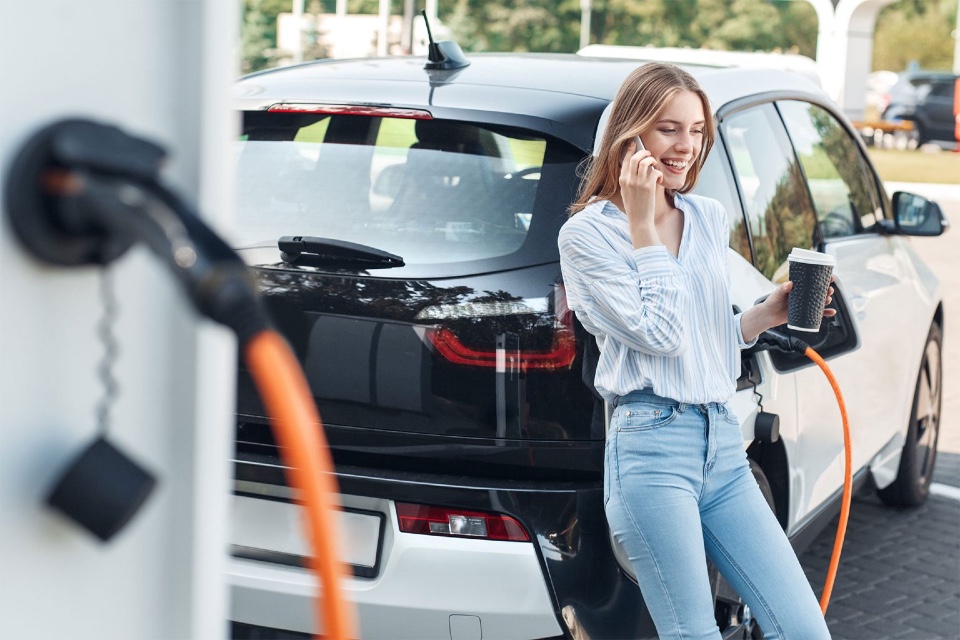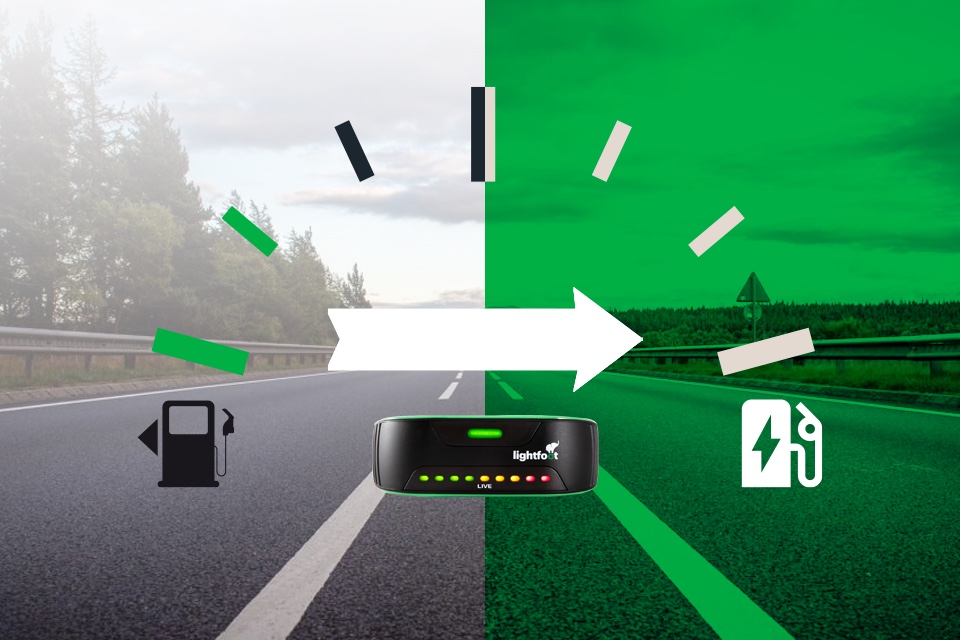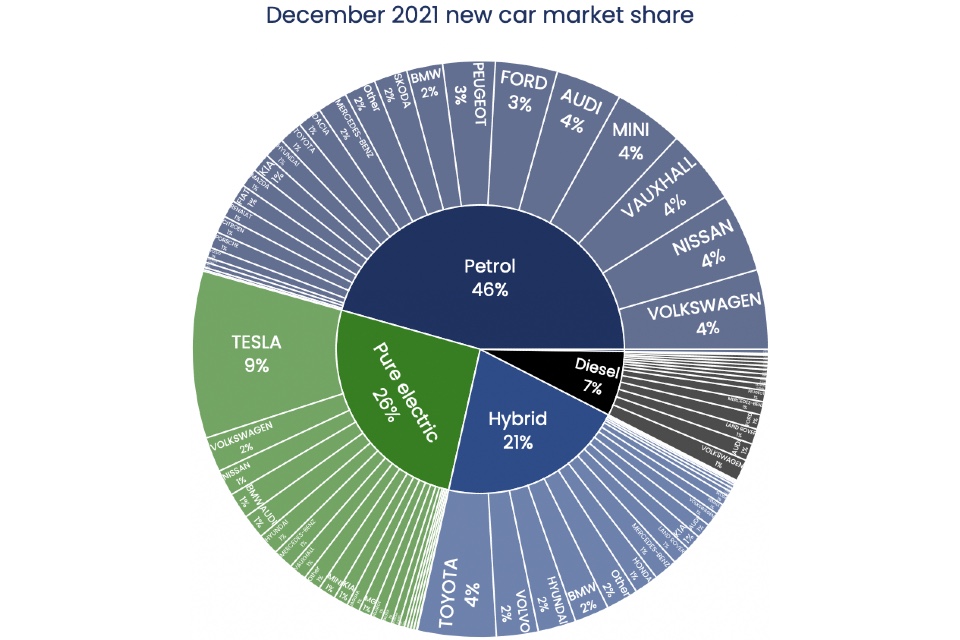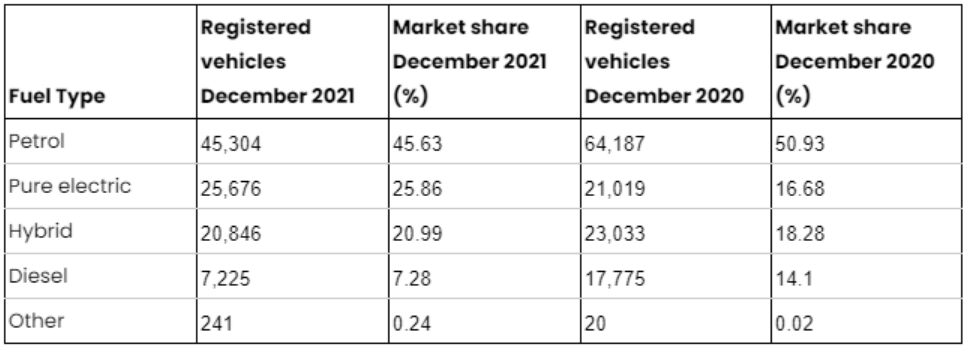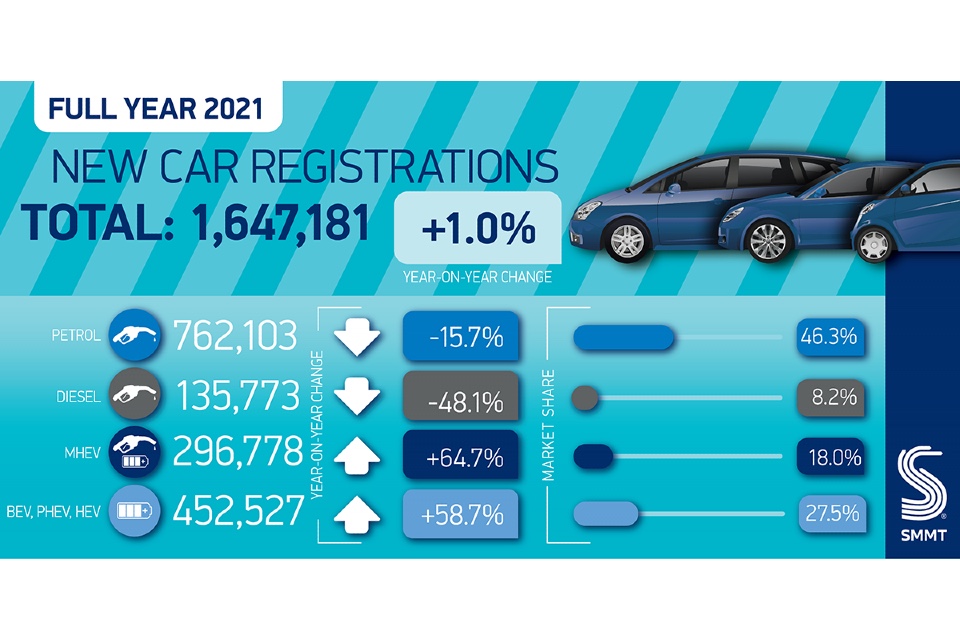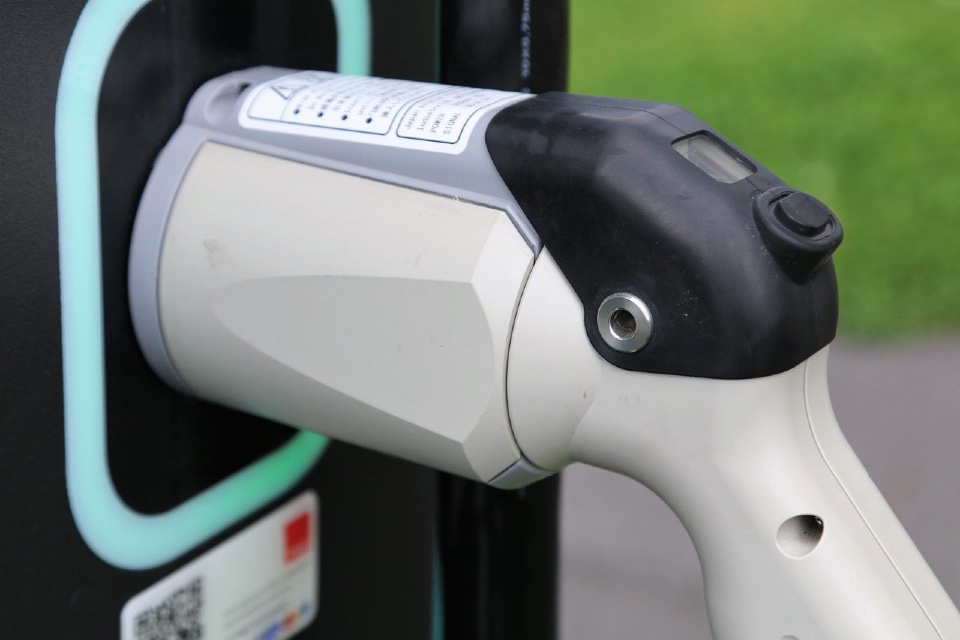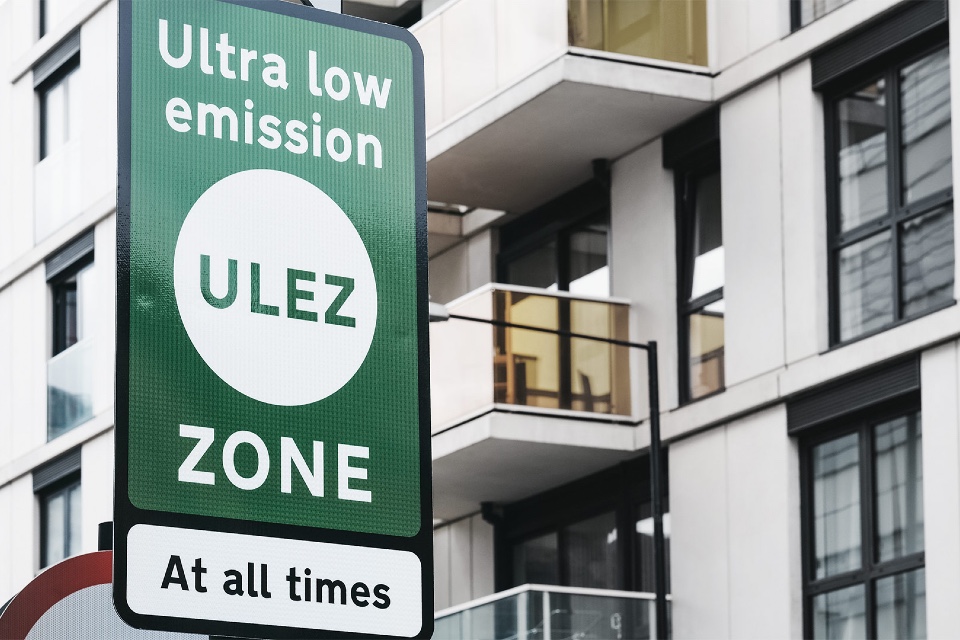WhichEV releases its Guide to Public Charging 2022
https://fleetservicessummit.co.uk/wp-content/uploads/2022/02/Woman-Charging-Car-Getting-Coffee-on-Phone-WhichEV-for-Fleet-Dec-2021-1536x1024-2.jpg 960 640 Guest Post Guest Post https://secure.gravatar.com/avatar/cb2a67f15cd7d053d8e638a1df3fd67f?s=96&d=mm&r=gBy James Morris, WhichEV
Experienced EV drivers find the whole charging process relatively simple, but it can be daunting for those new to electric vehicles. WhichEV has created an updated guide to charging that helps to demystify the process and explain some of the more important terms.
Knowing where to find the latest high-powered public charging hubs from industry leaders like Osprey can be really useful when you need a quick, reliable charge during business hours.
WhichEV also covers street charging, that can offer a low cost overnight solution for those without a driveway – as well as public destination charging and the options you’re likely to find at motorway service stations. Finally, the guide covers the kind of charges you’re likely to pay and the kind of etiquette that will make you popular with other EV users.

